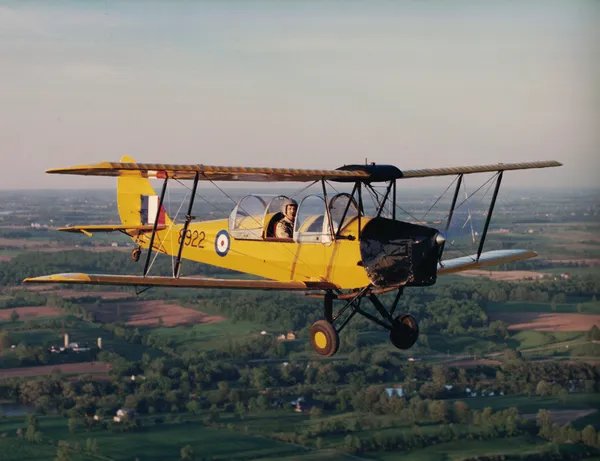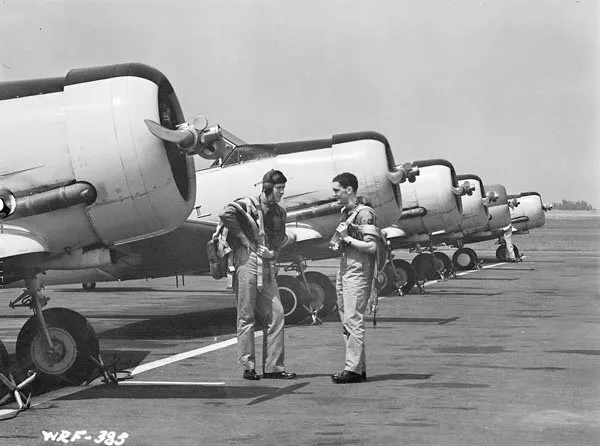Staunton, Bernard Charles (Sergeant)
Killed in Flying Accident 1943-February-06


Birth Date: 1923
Born:
Parents: Thomas Henry and Elsie Emily Staunton, of Upton Park, Essex, England.
Spouse:
Home:
Enlistment:
Enlistment Date: unkown date
Service
RAF
Unit
3 FIS- Flying Instructor School
Base
Arnprior, Ontario, Canada
Rank
Sergeant
Position
Service Numbers
658799
Crew or Other Personnel
Moth, Tiger 8947
Moth, Tiger serial: 8947

The de Havilland DH.82 Tiger Moth is a 1930s British biplane designed by Geoffrey de Havilland and built by the de Havilland Aircraft Company. It was operated by the Royal Air Force (RAF) and many other operators as a primary trainer aircraft. In addition to the type's principal use for ab-initio training, the Second World War saw RAF Tiger Moths operating in other capacities, including maritime surveillance and defensive anti-invasion preparations; some aircraft were even outfitted to function as armed light bombers.
The Tiger Moth remained in service with the RAF until it was succeeded and replaced by the de Havilland Chipmunk during the early 1950s. Many of the military surplus aircraft subsequently entered into civil operation. Many nations have used the Tiger Moth in both military and civil applications, and it remains in widespread use as a recreational aircraft in several countries. It is still occasionally used as a primary training aircraft, particularly for those pilots wanting to gain experience before moving on to other tailwheel aircraft.
Overseas manufacturing of the type commenced in 1937, the first such overseas builder being de Havilland Canada at its facility in Downsview, Ontario. In addition to an initial batch of 25 Tiger Moths that were built for the Royal Canadian Air Force (RCAF), the Canadian firm began building fuselages which were exported to the UK for completion. Canadian-built Tiger Moths featured modifications to better suit the local climate, along with a reinforced tail wheel, hand-operated brakes (built by Bendix Corporation), shorter undercarriage radius rods and the legs of the main landing gear legs being raked forwards as a safeguard against tipping forwards during braking. In addition the cockpit had a large sliding canopy fitted along with exhaust-based heating; various alternative undercarriage arrangements were also offered. By the end of Canadian production, de Havilland Canada had manufactured a total of 1,548 of all versions. Wikipedia
Aircraft Images
Moth, Tiger 8947
Moth, Tiger I 8947
Delivered to stored reserve. Issued to No. 3 Training Command on 1 August 1942, for use by No. 3 Flying Instructors School at Arnprior, Ontario. Delivered on 8 August 1942. Category A crash on 12 February 1943, 6 miles south of Renfrew, Ontario (about 12 miles west of Arnprior). Scrapped by No. 9 Repair Depot.1942-06-18 Taken on Strength No. 1 Training Command 2019-08-20
1943-February-06 Accident: 3 Flying Instructor School Loc: Renfrew Ontario Names: Brown | Staunton
1943-04-02 Struck off Strength Struck off, reduced to spares and produce 2019-08-20
Unit Desciption
3 FIS (3 Flying Instructors School)
RCAF.info - RCAF Station Arnprior ON
